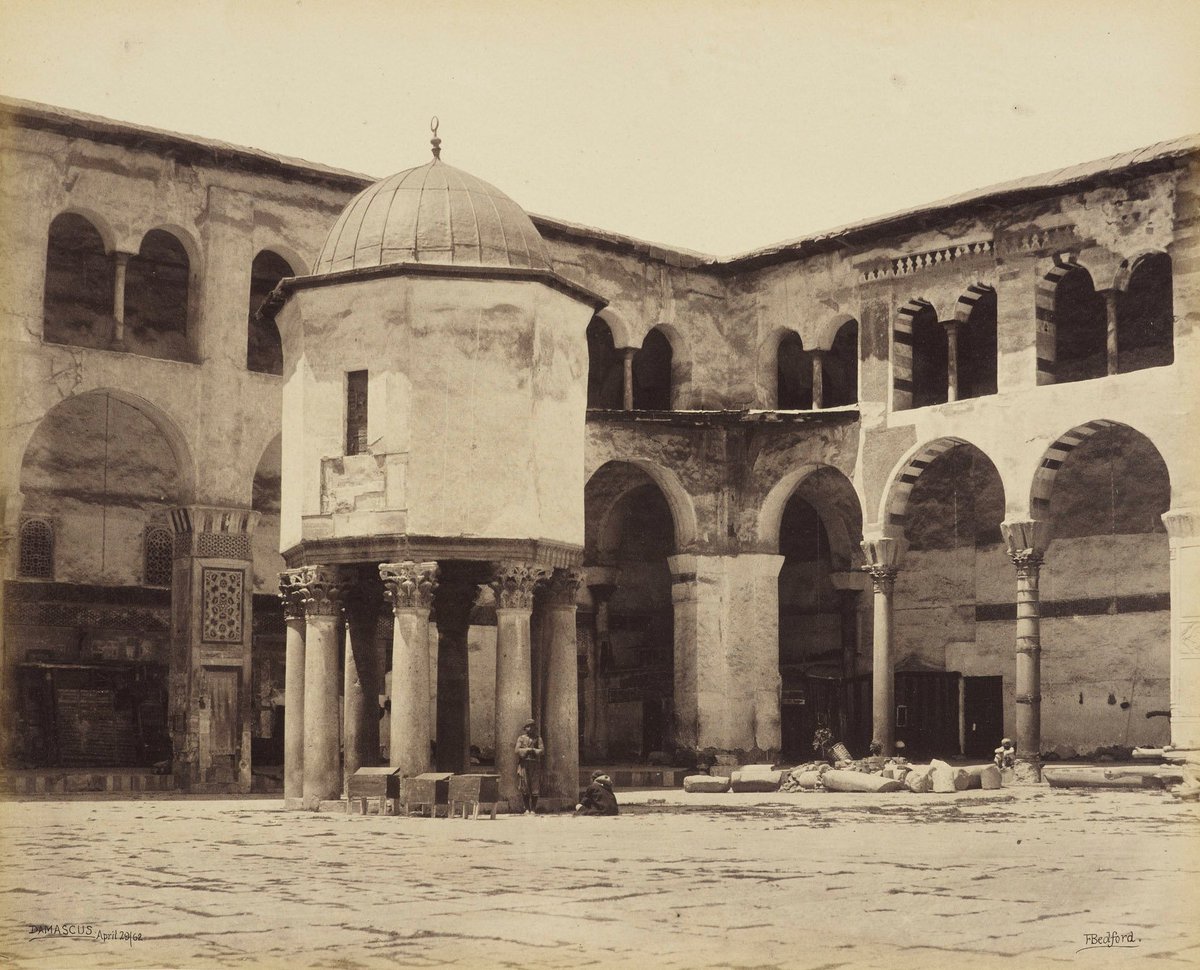
Reports like these make me think that there’s a tendency to grossly underestimate of the multilingualism in the Ḥijāz.
In this report, the Prophet Muḥammad says to the young scribe Zayd ibn Thābit, “There are letters [kutub|كتب] coming to me, which ...
In this report, the Prophet Muḥammad says to the young scribe Zayd ibn Thābit, “There are letters [kutub|كتب] coming to me, which ...

I do not wish for everyone to read. Are you able to learn Syriac – or: Hebrew – writing?”
“Yes,” I said, and I learned it in 17 nights.
google.com/books/edition/…
“Yes,” I said, and I learned it in 17 nights.
google.com/books/edition/…
And this famous ḥadīth from Abū Hurayrah, “The People of Scripture [ahl al-kitāb] used to read the Torah in Hebrew and explain it in Arabic to the People of Islam [ahl al-islām]. The Messenger of God ﷺ said: 

‘Do not believe the People of Scripture and do not say they lie. Rather say «We believe in God and what is revealed» (Q. Baqarah 2:136)’.”
google.com/books/edition/…
google.com/books/edition/…
• • •
Missing some Tweet in this thread? You can try to
force a refresh














